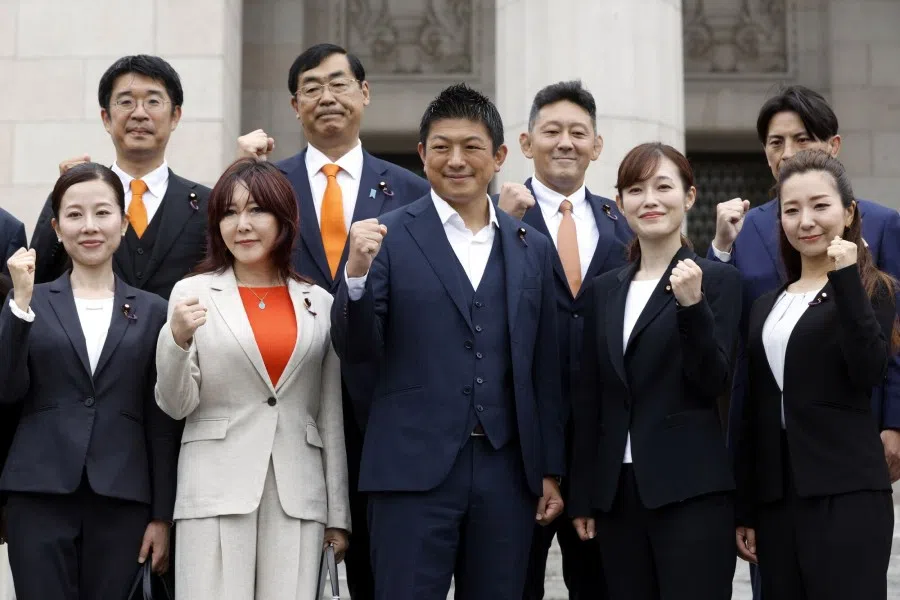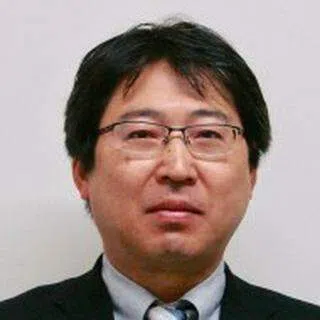Sanseito: Japan’s rising party doesn’t trust America — or China
As embattled Japanese Prime Minister Shigeru Ishiba deals with the latest defeat in Japan’s upper house election, larger questions remain over the inroads made by conservative parties such as the Sanseito. Japanese academic Shin Kawashima looks at where Japan’s foreign policy and security plans are headed.

Japan’s ruling coalition of the Liberal Democratic Party (LDP) and Komeito was defeated in the elections for the House of Councillors in July, marking the second major blow to the Shigeru Ishiba administration following its earlier defeat in the House of Representatives election. This has now escalated into a question of accountability within the LDP leadership, including calls for party president Shigeru Ishiba to take responsibility.
The LDP convened a joint plenary meeting of members from both houses in August 2025 to discuss leadership accountability, after which the party resolved to continue deliberating on the issue.
In the final stages of the campaign, the issue of foreigners in Japan suddenly came to the forefront.
Xenophobic sentiment
Another notable development in the House of Councillors election was the rise of new conservative parties like the Sanseito. In the final stages of the campaign, the issue of foreigners in Japan suddenly came to the forefront.

Social media was flooded with negative rhetoric, including unfounded claims that some foreigners were infiltrating Japanese society for espionage — a sharp departure from past election discourse. Misinformation suggesting that foreigners receive preferential access to public assistance further fuelled xenophobic sentiment, along with calls to restrict foreign ownership of Japanese land.
The Sanseito put forward the sharpest proposals on foreigners — such as limiting the number of foreigners allowed into the country — and won 14 seats. In recent years, the number of foreigners in Japan has surged, leading to various disputes at the grassroots level.
Looking at inbound tourism, some areas are clearly experiencing overtourism. By leveraging the power of social media, the issue of foreigners quickly became a focus of the election campaign.
Sanseito party and ‘Japan First’
Looking at the Sanseito’s foreign policy, the party has indeed put forward a “Japan First” platform, advocating vigilance against external infiltration of Japanese society and expressing doubts about Japan-China friendship activities. It can be said that the Sanseitō is a party with a distinctly strong conservative orientation.

At the same time, however, the party has also questioned the Japan-US Security Treaty, arguing that the Self-Defence Forces should be reorganised into a “Self-Defence Military” and that Japan should defend itself independently. The term “Asian NATO”, previously used by Prime Minister Shigeru Ishiba, has also been used by the Sanseito’s leader. Unlike the ruling LDP, which firmly supports the Japan-US security alliance, the Sanseitō takes a sceptical stance toward it.
The party also advocates that Japan should take the lead in building a new world order in which all nations can coexist and prosper freely within a “global society” — guided by principles of “harmony”, “equality”, “coordination”, “altruism”, and “circular thinking”.
Given that Chinese nationals make up the largest share of foreigners holding permanent residency in Japan, and considering the party’s criticism of the activities of Japan-China friendship organisations, it can be said that the Sanseito is wary of China.
Challenging Japan-US alliance politics
In practice, the largest opposition party, the Constitutional Democratic Party, has a security policy that is extremely close to that of the ruling LDP and Komeito. It treats the Japan-US security alliance as a foundational principle, while advocating for reforms within that framework.
The Japan Innovation Party and the Democratic Party for the People, which rank just below the Constitutional Democratic Party in strength, also uphold and seek to strengthen the Japan-US alliance as the foundation of their security policy. The only parties advocating a scaling back of the alliance are the Japanese Communist Party and Reiwa Shinsengumi.

In this context, the Sanseito’s simultaneous scepticism toward the Japan-US alliance and its proposal to create a Self-Defence Military set it apart sharply from other parties. Abroad, there is a tendency to portray the Sanseito’s rise as the emergence of Japan’s “far right”, but the essence of the matter is not so much about being “left” or “right”. Rather, it is the party’s challenge to the Japan-US alliance, a stance that has won it broad support.
The policies of the Sanseito and other emerging parties are not yet fully developed. In fact, they have deliberately exploited this immaturity...
So, how does the Sanseito view China? Given that Chinese nationals make up the largest share of foreigners holding permanent residency in Japan, and considering the party’s criticism of the activities of Japan-China friendship organisations, it can be said that the Sanseitō is wary of China. However, the party does not directly condemn China itself; at least in its rhetoric, it calls for “harmony”. In this respect, it differs from existing parties that have consistently criticised China.
The policies of the Sanseito and other emerging parties are not yet fully developed. In fact, they have deliberately exploited this immaturity, using provocative language on social media to amplify their positions and attract voter support. Assessing these parties may require setting aside the traditional framework of “factions” and “left-right” politics when looking at Japan, and instead viewing them from an entirely new perspective.





